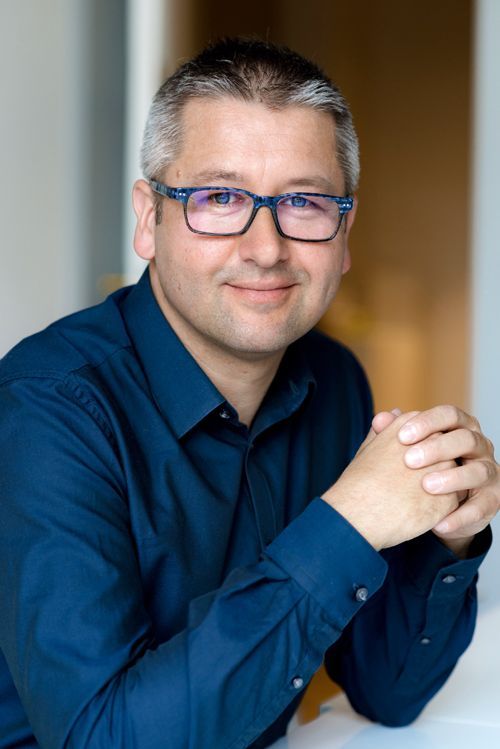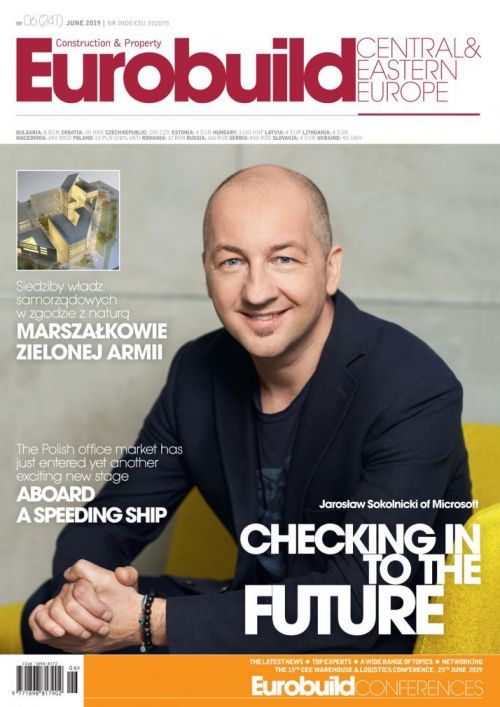Two current projects – due to their sheer scale and innovativeness – deserve some special attention: the Marshals’ offices of the Zachodniopomorskie and Małopolskie provinces, in Szczecin and Kraków. The two may be more than 600 km apart, but the same determination has been poured into them over many years to get them to see the light of day and both have had to contend with unforeseen difficulties and so have been taking considerably longer than comparable commercial projects, but after their completion they could become paradigms for other local authorities – and not just provincial bodies.
All under the same roof
The Zachodniopomorskie Marshal’s Office has, for a number of years, been preparing to bring together more than a dozen departments and eight locations under one roof. These departments are scattered across the city, resulting in a range of often – budget related – problems. Treasurers have been kept awake at night by all the inv































































